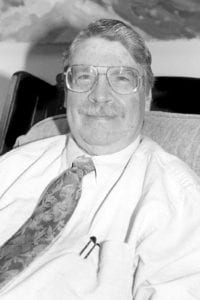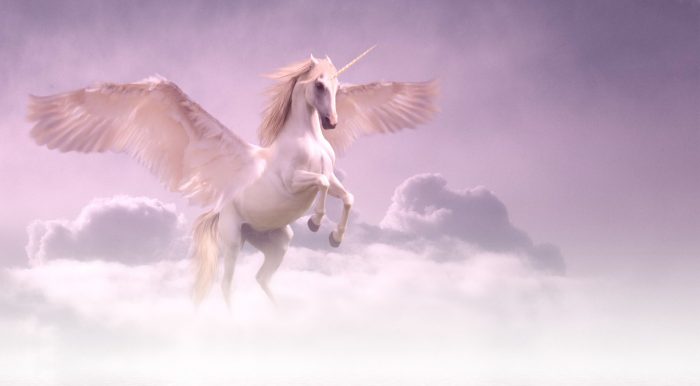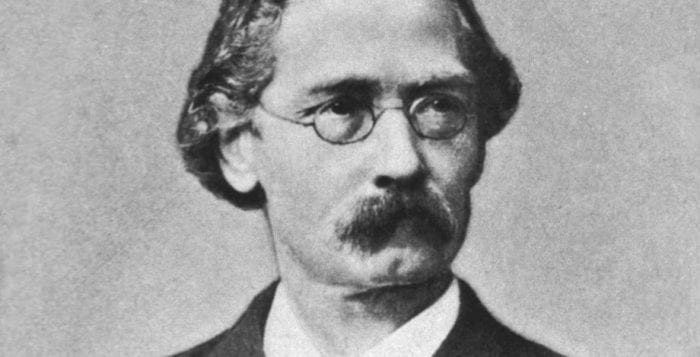By Elof Axel Carlson

Scientists study nature. Nature is the world we can observe. It includes things like life, from viruses to plants and animals, and to all forms of humanity. It includes the earth and its continents, oceans, and atmosphere. It includes the moon, the planets and stars and galaxies. It includes the composition of all the objects we can see, touch, taste, smell, or hear.
What does it not include? Scientists call that aspect of our experience the supernatural. What is the supernatural? It includes a belief in gods, souls, ghosts, spirits, devils, angels, saints, witches, goblins, trolls, leprechauns, and mythical beasts like unicorns, or snakes that speak intelligible language we can understand, or a host of imagined possibilities such as a fountain of youth, turning other metals into gold, devising perpetual motion machines, pills that can convert water into gasoline, or using the ground powder of rhinoceros horns to cure impotence in middle aged men.
It also includes pseudo-sciences such as astrology, alchemy, palmistry, mind-reading, telekinesis, and other forms of extrasensory perception. The list is long, and scientists would strike off some of the supernatural if carefully controlled experiments are done to demonstrate them. Unfortunately, that has not occurred.
Magicians are often allied with scientists in exposing the tricks other magicians and charlatans use to fool inexperienced or gullible people. Science has more mysteries to solve and does not need supernatural unproven claims to compete for an interpretation of the universe. Science uses reason, gathering of information or data, proposals of theories, testing of theories, instruments to amplify or supplement our senses, and experimentation to test predictions of theories.
The supernatural depends on faith. It raises some difficulties. Whose gods are valid and whose have been demoted to myths? Is Zeus still alive? Is Osiris still alive? Is Gilgamesh still alive? Of our current deities, is Jesus an aspect of a Trinitarian deity or is he a human prophet who founded a new religion? If the Old Testament deity called Jehovah, Lord, or God is monotheistic, and if He is also the God of the Hebrew people of the Old Testament, is He the same God that Christians pray to and call Jesus?
As these questions and concerns sink in, note that scientists exclude the numerous ways supernatural beings (represented in human or other forms of life) are accepted. The supernatural events and things are accepted through faith. Science is universal and demands testable and repeatable evidence. It does not matter what country one lives in; water will consist of two atoms of hydrogen and one atom of oxygen. It will behave the same wherever it is studied and exists as a gas, liquid, or solid, depending on temperature and pressure.
Science is very strict about the evidence needed for demonstrating something to science. Those who practice supernatural beliefs do so out of faith. There is no one universal supernatural system all people would agree to. But all people on earth will be convinced that striking a match to dry paper at room temperature, in breathable air, will ignite the paper and reduce it to ashes and release carbon dioxide into the air.
Elof Axel Carlson is a distinguished teaching professor emeritus in the Department of Biochemistry and Cell Biology at Stony Brook University.






